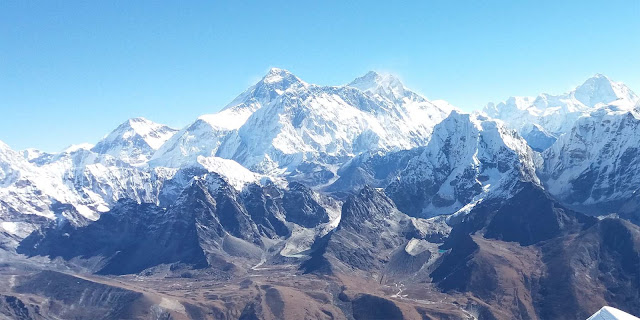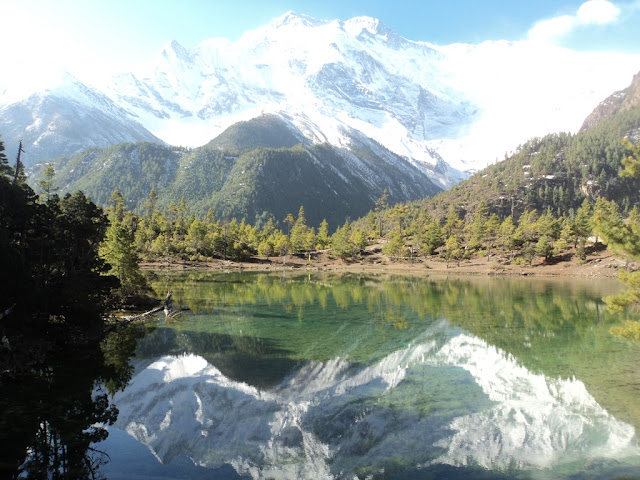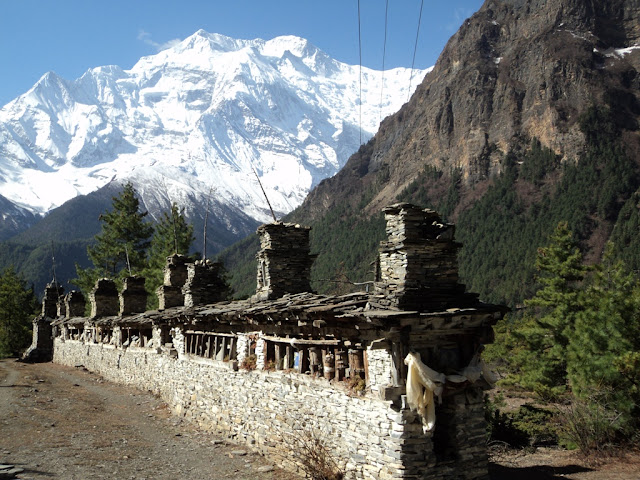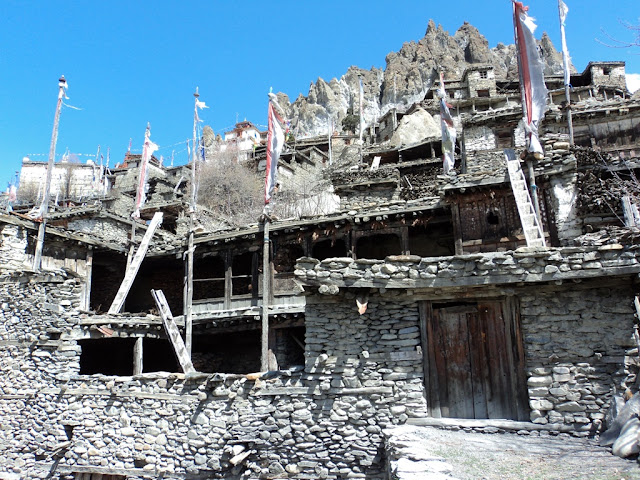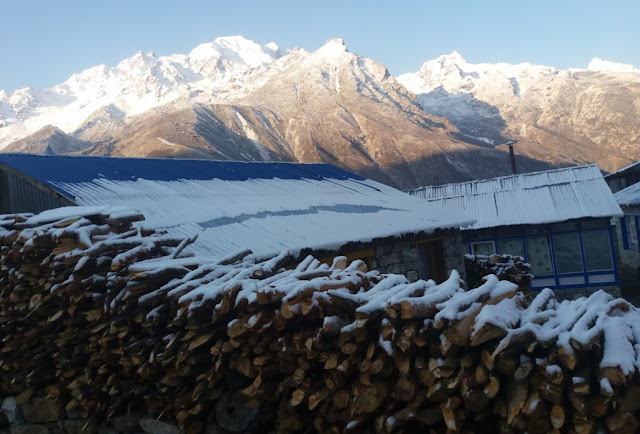The term sustainable tourism is aggregate form of community based tourism or Eco tourism or green tourism, which refers to preserve locality. Sustainable Tourism “managing tourism’s impacts on the environment, communities and the economy to make sure that the effects are positive rather than negative for the benefit for future generations”. Community based tourism is touristic activities to be benefited local community without negative impact for future. Green tourism is about to encourage to the development of tourism enterprises with minimum impact on wildlife and the environment.
"Sustainable tourism: Tourism that is economically, socioculturally and environmentally sustainable. With sustainable tourism, sociocultural and environmental impacts are neither permanent nor irreversible. – John Beech and Simon Chadwick"
 |
| Hiking in Nepalese Village |
Travelers are responsible to preserve those fragile nature and cultures. How local people benefited from the tourism in Nepal Himalaya is major question for sustainable tourism. Especially in Nepal Himalaya, local peoples are Sherpa, Tamang, Gurung, Rai, Limbu, Bhote, Lama, Hyelmo; they are living there for past thousands year and should live for long future. Guide and tourist should be conscious and committed for protecting mountains, nature and culture. Trekking, tour or any tourism activities in Nepal Himalaya should ensure the cause of minimal environmental and socio-cultural impact for sustainable tourism.
Guide should encourage to clients/porter/supporter to bring warm clothes to stop the use of campfires, use of filtered drinking water, use kerosene or gas for cooking and dispose the rubbish. Home stay supports the local community and visitors are able to learn and experience the local culture.
Home Stay in Nepal can be one of the unforgettable holidays for sustainable tourism; because Nepal has diversity in culture, community, climate and geography. That is why you plan to go Nepali typical home to understand nature and local culture. The Home stay service offers you for sleeping in Nepali home, eating with the Nepali family, live as local and feel the locality.

